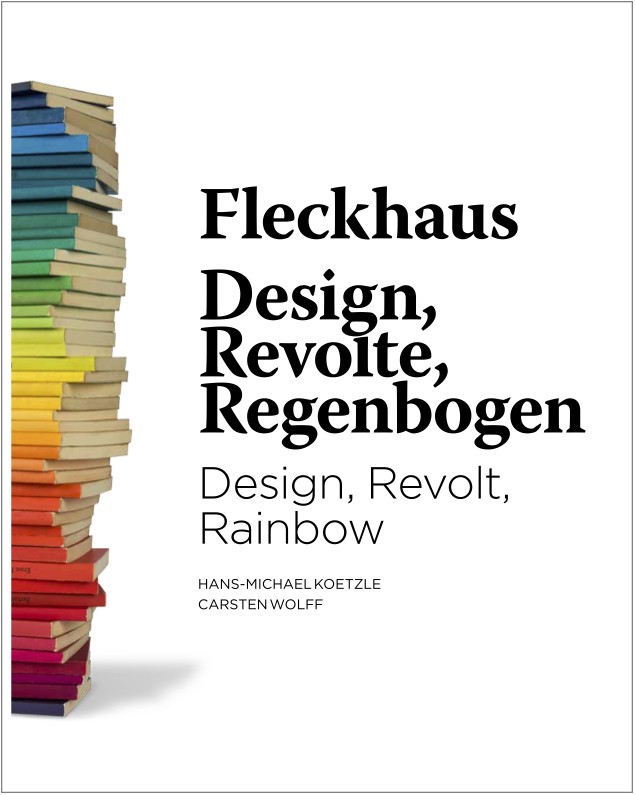Book of the Month – Fleckhaus: Design, Revolt, Rainbows
Book of the Month – Fleckhaus: Design, Revolt, Rainbows
May 4, 2017
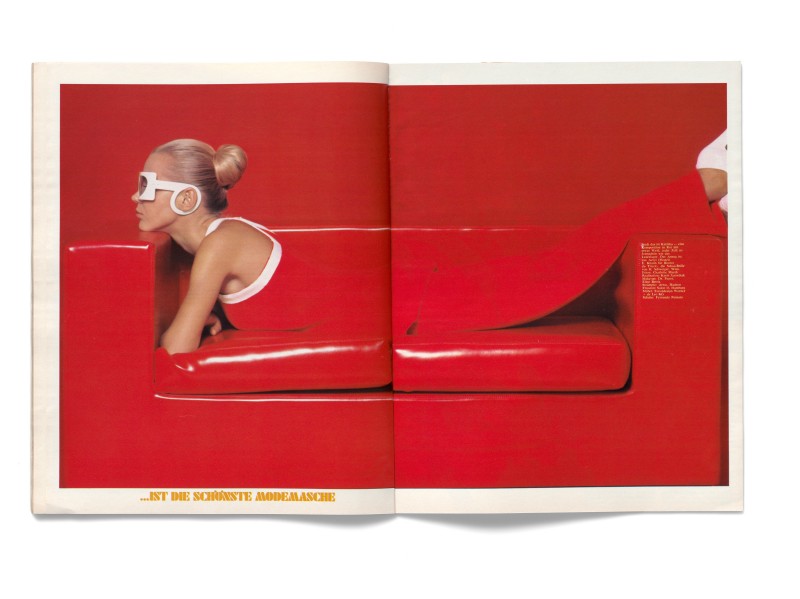
Twen, No 2, 1969, photo: Charlotte March, art design: Willy Fleckhaus, © Photo: Hans Döring
Extremely controversial at the time due to its radicalism and the themes covered, Twen, with its generous lay-out, modern typography and, above all, great photographs, is today considered an example of innovative magazine design. This would hardly have been possible without the legendary Twen designer, Willy Fleckhaus (1925-1983). The fact that there is now an exhibition and complementary book dealing with his work and its impact seems long overdue.
Fleckhaus influenced Germany’s visual culture from the sixties to the eighties like no other. Over 30 years after his death, the Munich collector, author, curator and photography expert, Hans Michael Koetzle, produced together with Carsten Wolff a comprehensive appraisal of Fleckhaus’s life’s work, that appears in the book, Fleckhaus – Design, Revolte, Regenbogen, published by Michael Buhrs und Petra Hesse.
The multi-partite and informative book is like a journey back in time through the German world of publishing, and reveals Fleckhaus’s special role as a designer who was involved in different areas of visual communications. When he began his career, magazines in Germany were still taken care of by “type setters” or “break editors”, whose names usually appeared right at the end of the imprint. Learning from great American examples such as Alexey Brodovitch or Alexander Liberman, Fleckhaus was substantially involved in increasing the significance of graphic design for the magazine. By the time he passed away, “Art Director” had become a fixed and highly regarded position for many magazines.
The photo book clearly documents how important a visual grammar was to Fleckhaus; the typography and text, the photographs and illustrations, but also the empty spaces on a page in favour of a suggestive, all-over impression. It is hardly surprising that not every photographer appreciated the way he dealt with their pictures. Other photographers, such as Will McBride, Horst Baumann, Charlotte March, Ulrich Mack, and Christa Peters were, however, more open and profited from Fleckhaus’s consistent approach. “What we envision,” Fleckhaus would say, “is the identity of photography and paper. With Twen one shouldn’t ponder on whether the photos are printed, but rather understand the magazine as photography.” Fleckhaus opened the door for many photographers, and, as often as not, working with him was incredibly useful for their international breakthrough.
Fleckhaus was not just a magazine designer; he also developed book series, photo books, signs and posters. The famous rainbow covers turned the Suhrkamp edition into a paper backs series, that remains distinctive even today.
Accordingly, the photo book includes numerous original layouts that reflect the creative range and the courageous vision that ensure that Willy Fleckhaus continues to be considered a legendary paragon of design.
Ulrich Rüter
Fleckhaus
Design, Revolt, Rainbows
Published by Michael Buhrs, Petra Hesse
Authors: Hans-Michael Koetzle and Carsten Wolff
240 pages, circa 660 pictures
German/English, 22 × 27,8 cm
Hartmann Books
The exhibition Willy Fleckhaus. Design, Revolte, Regenbogen will be on display at the Villa Stuck in Munich, from May 1 to September 10, 2017.
www.villastuck.de

Twen, No 2, 1969, photo: Charlotte March, art design: Willy Fleckhaus, © Photo: Hans Döring
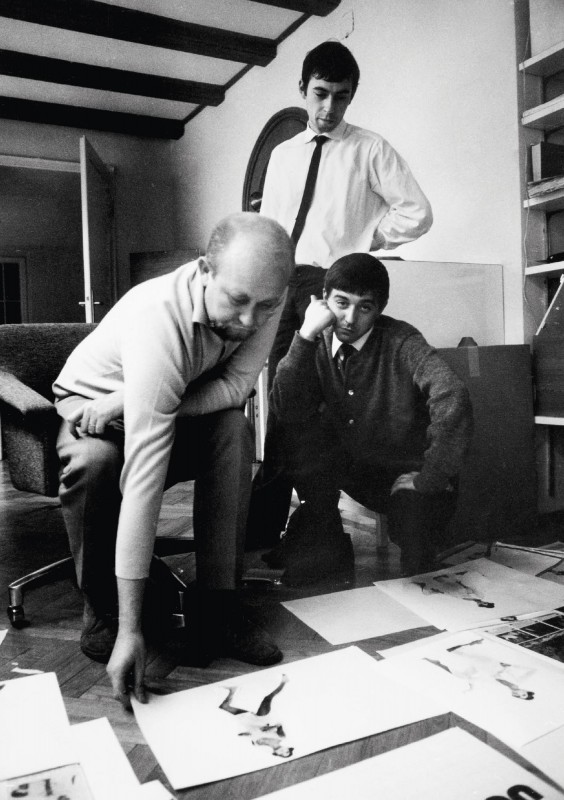
Willy Fleckhaus, the producer Scharlemann and Christian Diener, 1964
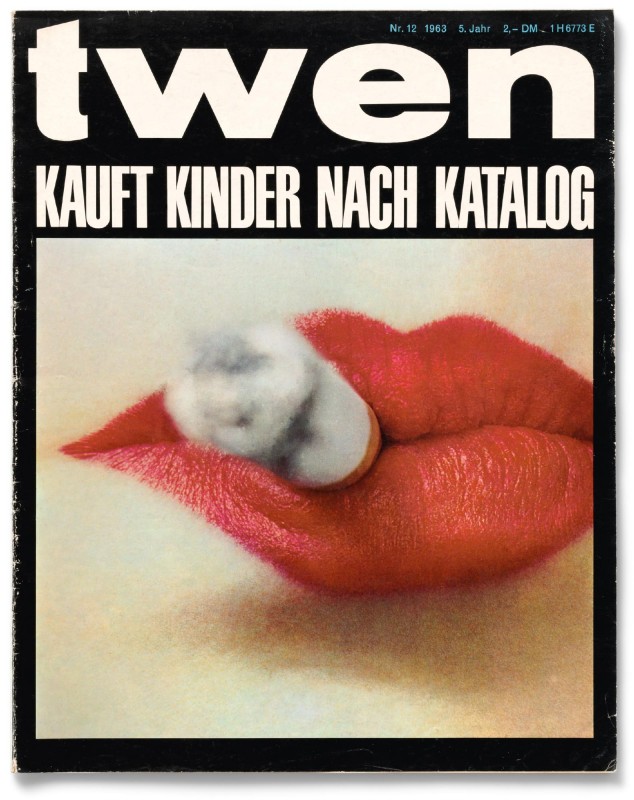
Twen 12 · 1963, photo: Irving Penn
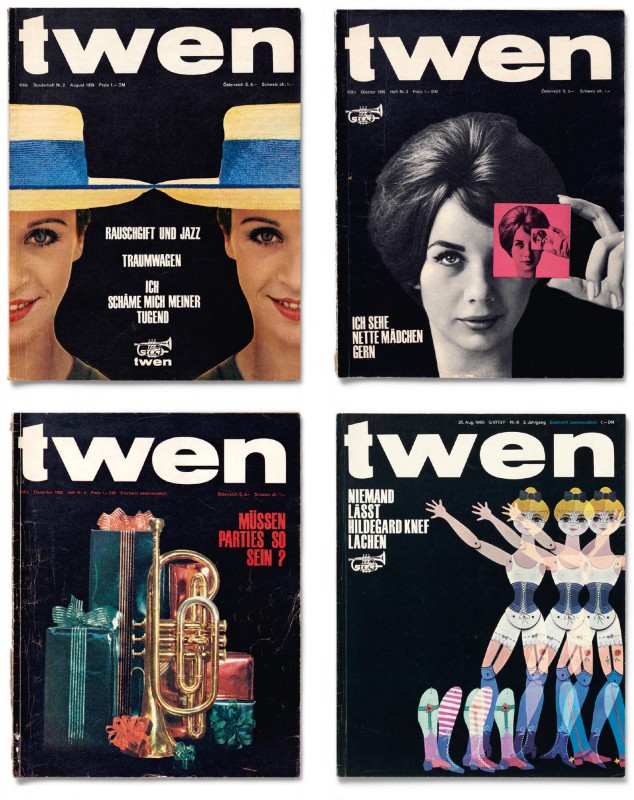
left: Twen 2 · 1959; Twen 4 · 1959; right: Twen 3 · 1959; Twen 8 · 1960
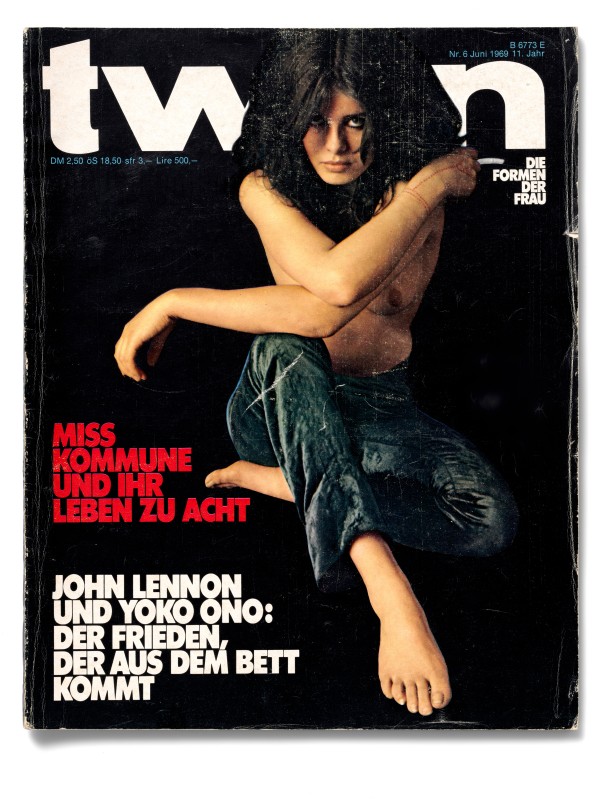
Twen, N0 6, 1969, Photo: Guido Mangold, art design: Willy Fleckhaus, © Photo: Hans Döring
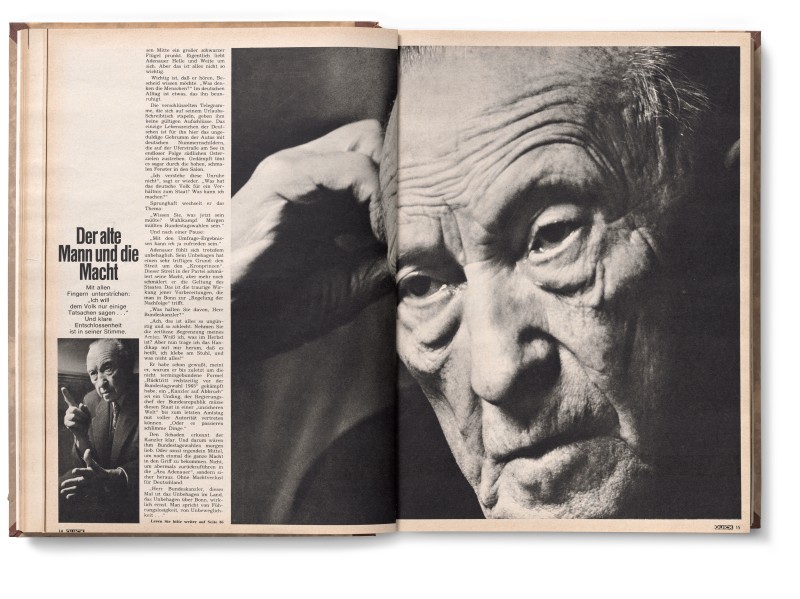
Quick, No 15, 1963, photo: Will McBride, art design: Willy Fleckhaus, © Photo: Hans Döring
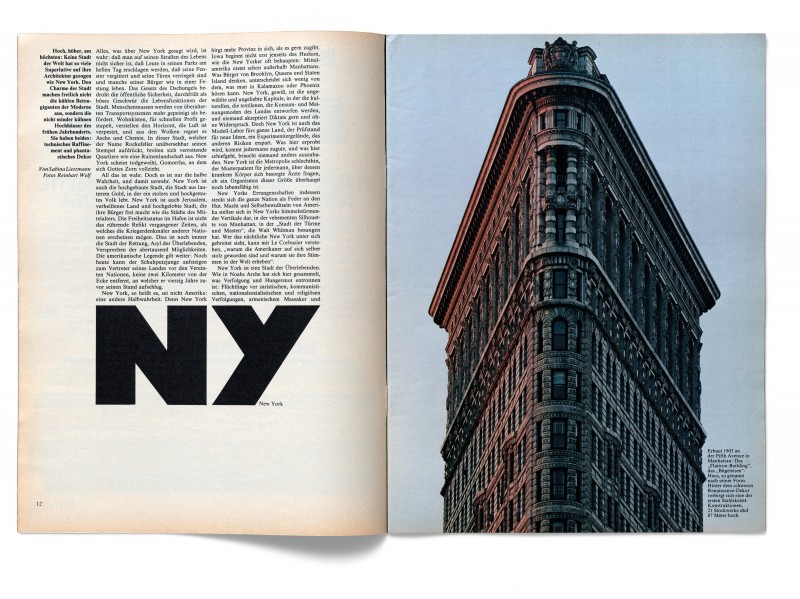
Frankfurter Allgemeine Magazin, Nr. 29, 1980, Photo: Reinhart Wolf, art design: Willy Fleckhaus, © Photo: Hans Döring
